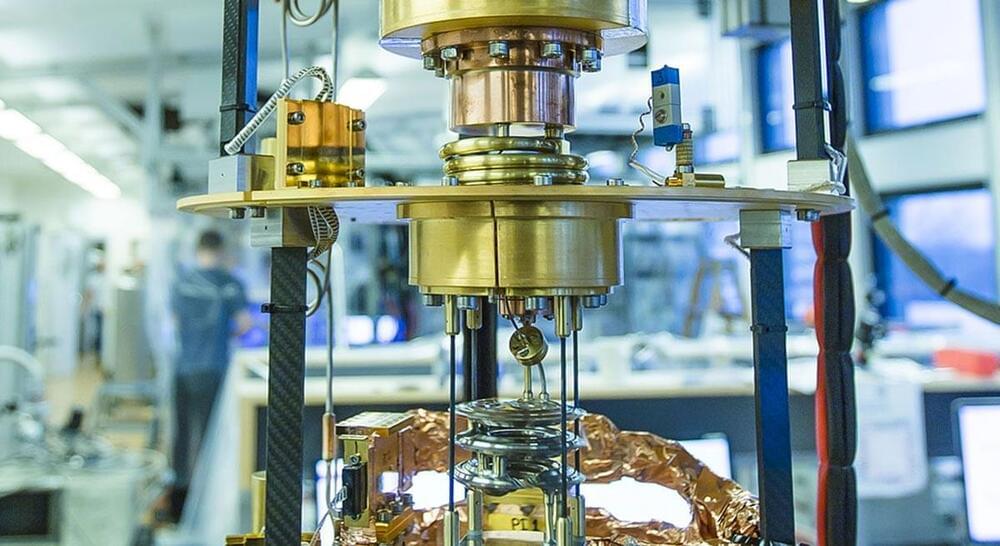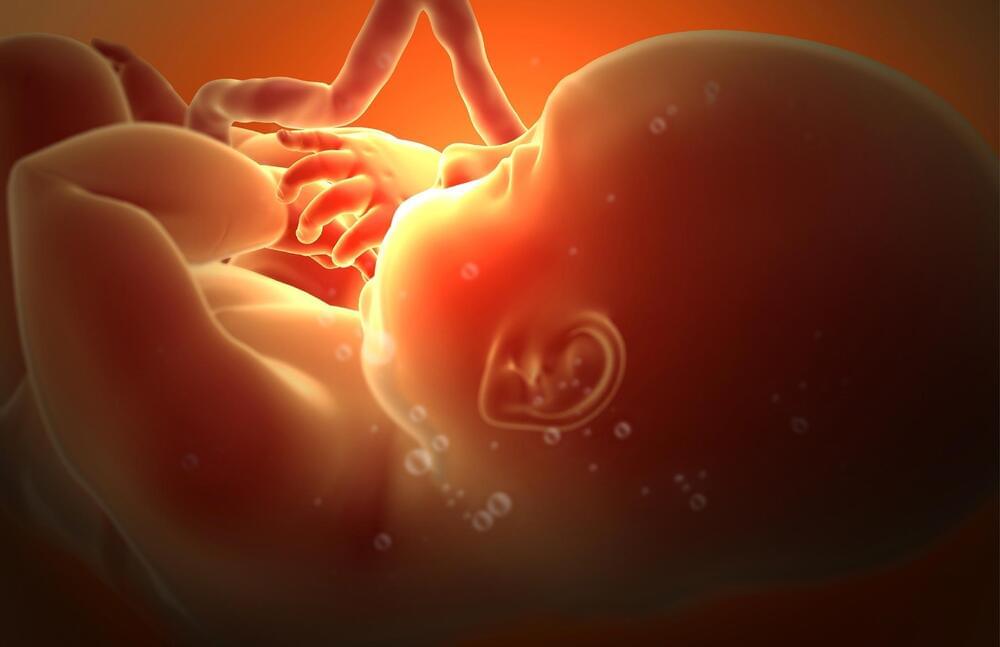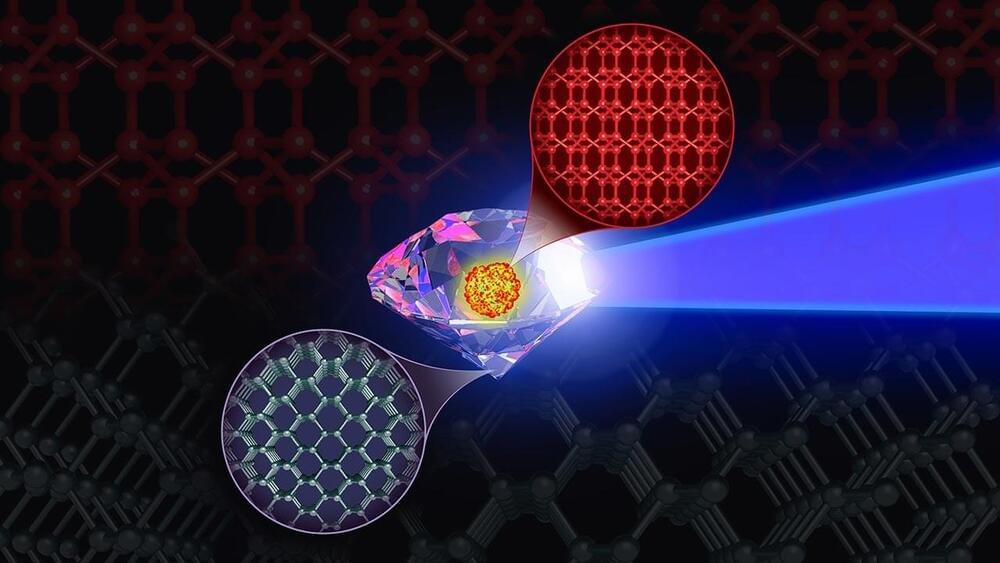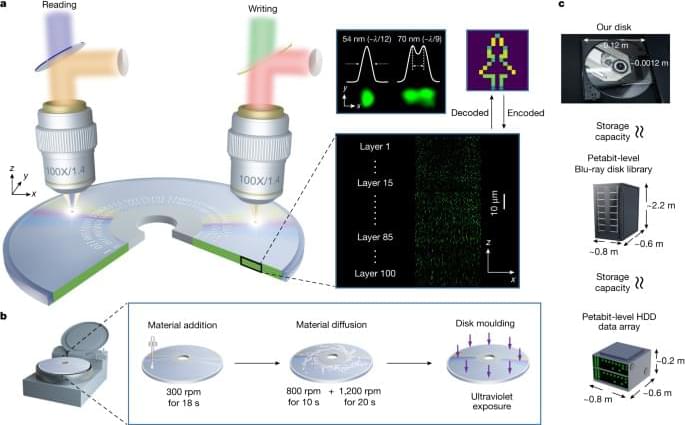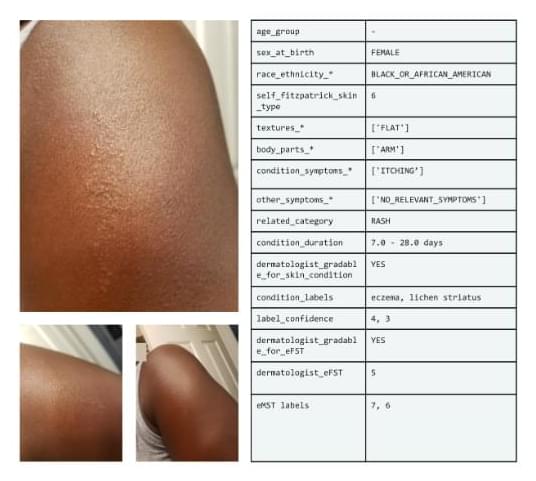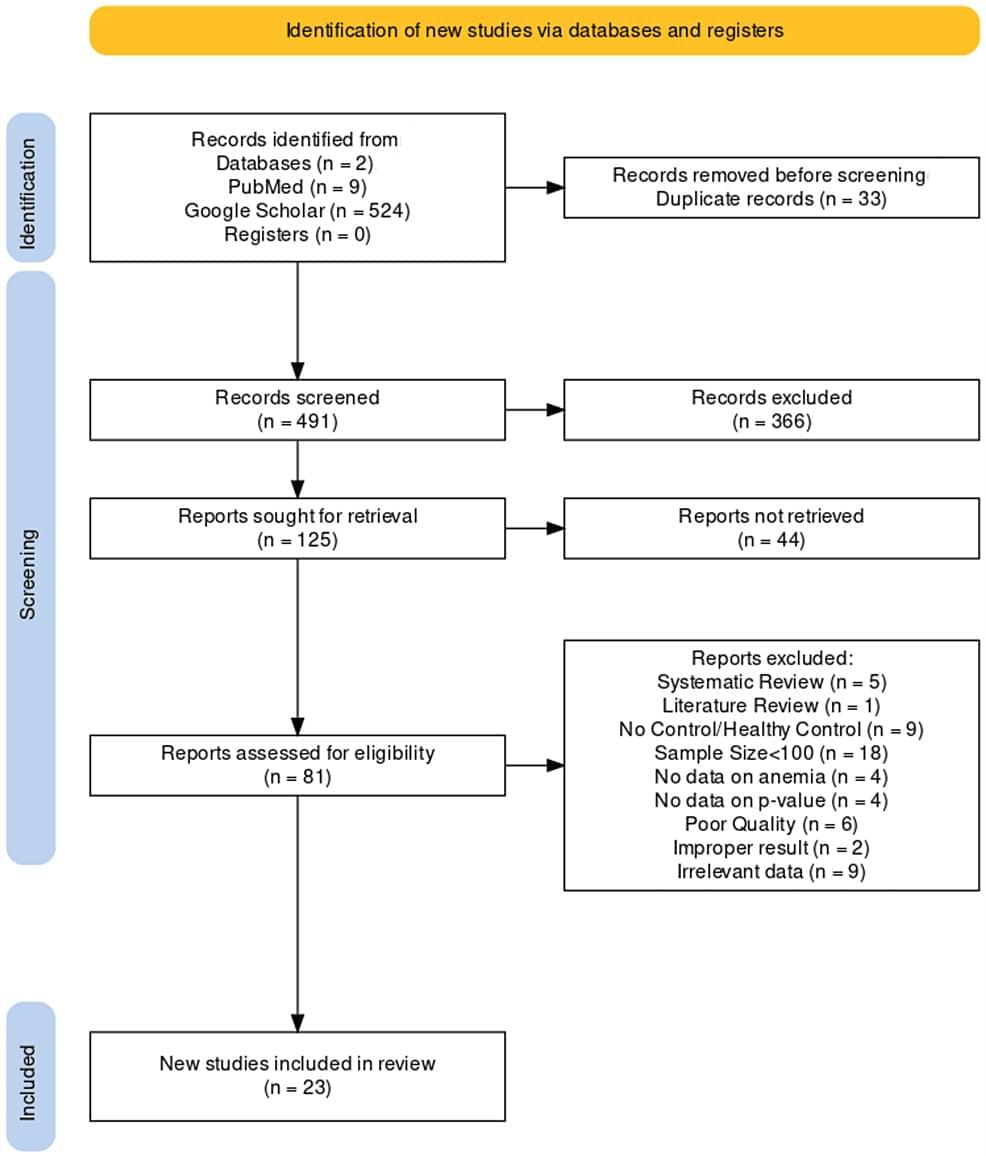Scientists around the world work hard to rinse quantum systems for noise, which may disturb the function of tomorrow’s powerful quantum computers. Researchers from the Niels Bohr Institute (NBI) have found a way to use noise to process quantum information. This raises the performance of the quantum computing unit, the qubit.
An international collaboration led by scientists at the Niels Bohr Institute (NBI), University of Copenhagen, has demonstrated an alternative approach. Their method allows to use noise to process quantum information. As a result, the performance of the fundamental quantum computing unit of information, the qubit, is increased by 700 percent.
The results were published recently in the journal Nature Communications.
